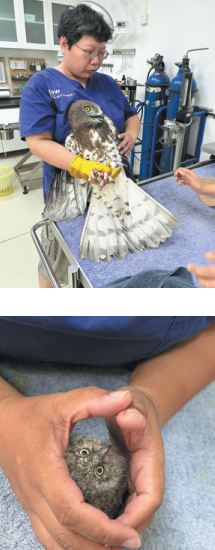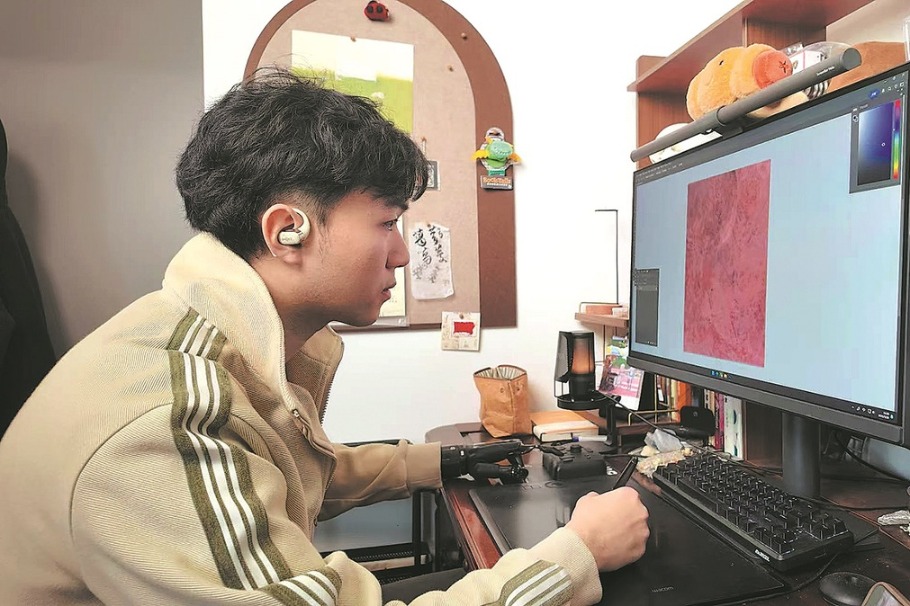Beijing center works to rehabilitate raptors

Last month, the Beijing Raptor Rescue Center received 91 baby raptors.
After conducting physical examinations and providing needed treatments and rehabilitation, center staff members are gradually choosing suitable places such as city parks and suburban areas to release the healthy young birds.
Beijing is home to dozens of kinds of raptors, which are predatory birds that play an important role in pest control and maintaining environmental health and ecological balance.
Experts at the Beijing Raptor Rescue Center said that most raptors can be divided into three orders: accipitriformes, which includes eagles and hawks; strigiformes, of which owls belong to; and falconiformes, which consists of falcons and caracaras.
While some raptors such as eagles are quite large, others are considerably smaller, including oriental scops owls and common kestrels, which are so common in cities that they even nest outside air conditioners.
May and June are the months during which many raptors are born, and soon afterward, they must learn to fly. It is around this time that the center receives many calls for help, said Zhou Lei, a rehabilitation therapist at the center. "Concerned citizens take the baby birds they find to the police station or neighborhood committee, and if they are confirmed to be raptors, we will go and pick them up," she said.
In recent years, due to habitat destruction, wildlife trade and other human factors, injuries and malnutrition are currently the main threats to raptors.
At present, all raptors in China are under national-level first- or second-class protection. For example, the common kestrel in Beijing is under second-class protection, and the saker falcon falls under first-class protection. The Beijing Raptor Rescue Center was established in 2001 and has treated more than 5,800 raptors over the past 20 years.
After receiving the birds, the center conducts physical examinations and then treats them or provides them with supplemental nutrition based on their conditions. Staff members then carry out rehabilitation, and after assessing the birds' ability to fly, they will be released.
There are currently more than 80 raptors in the outdoor aviaries and cages at the center, most of which are young birds. Every day, raptor rehabilitator Zhou Lei and her colleagues bring the birds to a medical examination room for health checks.
"The weight of a bird of prey is one of the main indicators of health, and the rise and fall of their weight can reflect whether it is eating normally and recovering," she said. "Other tests include blood tests and X-rays, depending on the condition of the bird.
She said that raptors have a light body structure, and extremely keen vision and hearing. The birds' beaks are hooked, and their claws are sharp and strong, so rehabilitators need to be careful when working with them.
Zhou also advised people who come across injured raptors to not cage them. Instead, they should put the birds in boxes and close them carefully.
"Raptors can't be put in cages, which will hurt their wings, so we transport them in rescue boxes that have holes instead," Zhou said.
She also advised those who find baby birds to contact rescue agencies as soon as possible. They should not feed them or take them home "because raptors are protected animals, and private domestication is illegal".
































